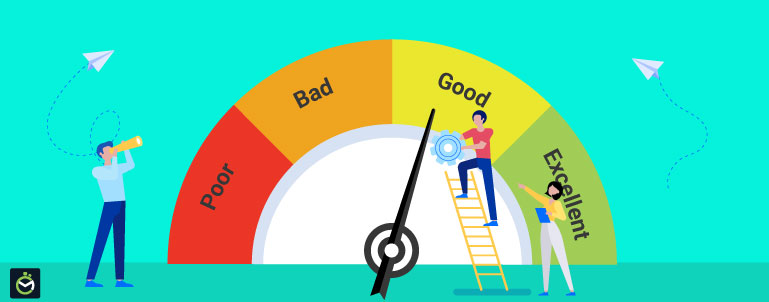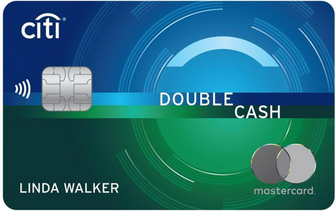
There are many products and services offered by credit card companies. Online comparisons are the best way to compare them. There are websites that can evaluate different products and then group them according to their main functions. These websites will allow you to compare student credit cards and list their benefits. These sites will help you to understand the pros and con of each credit card.
Card issuers can charge different interest rates.
The interest charges you pay on your credit card cards will vary depending upon the issuer. Some issuers may charge "teaser charges" (zero percent for the first month) while others can charge up to 40% for the remainder. Individual states set their own interest rates. The rates can vary greatly in states like South Dakota, which has no interest rate limit, and Delaware, which has weak usury law,
Different creditworthiness levels may have different interest rates. Cards with lower credit ratings may have a higher interest rate, while cards with higher credit scores will have lower rates. The prime rate which banks charge to credit-worthy customers determines the interest rates that you pay.

Card issuers can vary in their interest rates
Although credit card rates can fluctuate, they are usually at 17% in the first six months of 2019. NerdWallet says that interest rates on credit cards are determined based on consumer credit ratings. Lower rates are associated with a higher credit score. Credit scores that are higher than average are more likely for consumers to repay their debts.
A new regulation governing credit card fees has led banks to increase their interest rates and others to raise fees. Consumers are advised by the Federal Reserve to compare and investigate fees associated with credit card accounts.
Benefits of a credit card balance transfer
Balance transfers are a great way of improving your credit score. But, they can take time to show results. Failure to pay your balance on time can lead to more debt and a higher ratio of debt-to credit. Additionally, a balance transfer can have a negative affect on your credit history and could even cause an increase in interest rates.
Balance transfer is a way for a credit card to be transferred to a card at a lower rate of interest. This can help reduce your monthly payment and enable you to pay down a greater percentage of your balance in a shorter time. Many balance transfer credit cards offer an introductory period with 0% APR. These rates can last from 12 to 21 months.

Interest expenses on credit card loans
The interest cost of credit card loans can vary depending on how much you borrowed and what type of balance transfer or purchase you made. Your credit score and credit card issuer may affect the interest rate you pay on your credit card. The APR (annual percentage rate) measures interest expenses over one year.
The interest you pay on credit cards is an ongoing cost that you will have to cover. The APR is the annual percentage rate charged by credit card issuers. This information can be found in terms and conditions. The APR can vary depending on federal rates. Credit CARD Act of 2009 forbids issuers to increase the rate without prior notice.